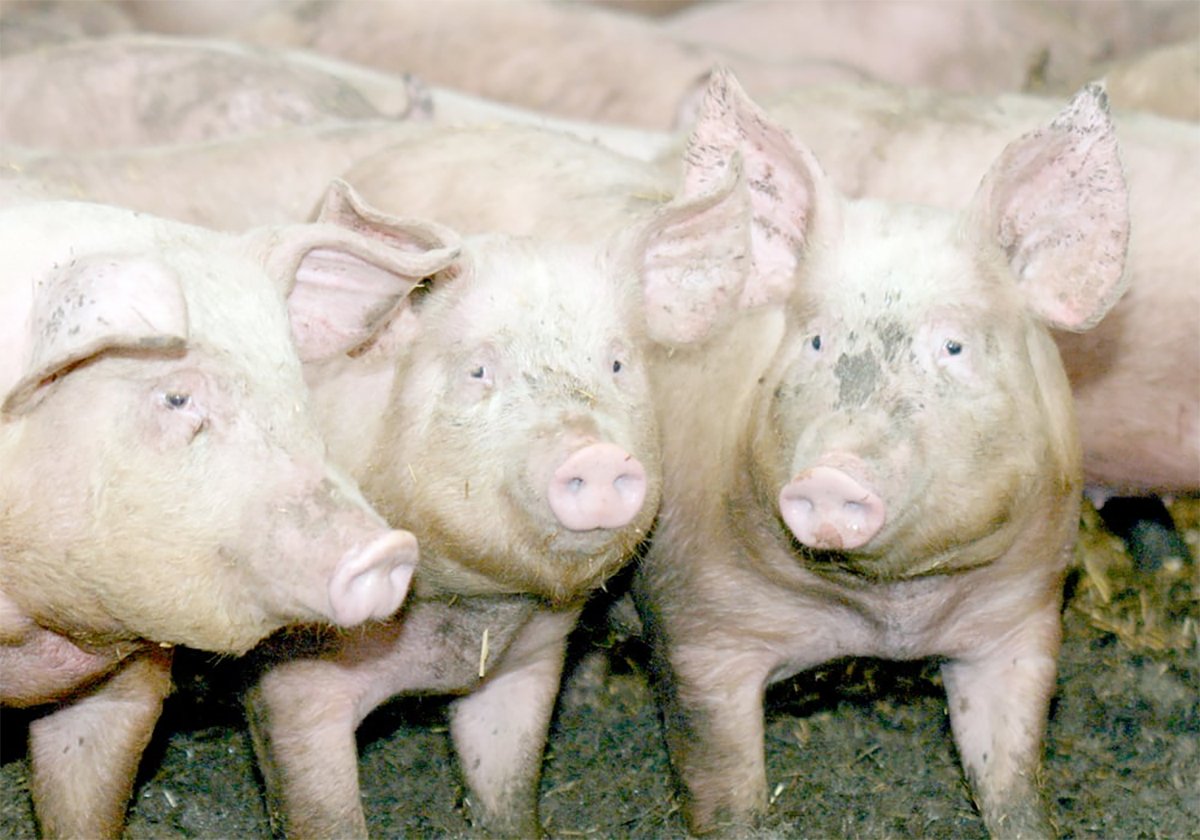LETHBRIDGE, Alta. — Lance and Joyce Carnine have a million-dollar view from their living room window where they can see the Oldman River valley and chinook arches signalling the onset of warm winds from the Pacific Ocean.
They run Sirocco Feedlot Ltd. in southern Alberta. It is located in one of the largest feeding areas in North America with more than 600,000 head fed to slaughter weight each year.
Lance’s parents, John and Gladys Carnine, bought the feedlot east of Lethbridge in 1979 and the younger Carnines took over when the elder pair retired several years ago.
Read Also

The Western Producer Livestock Report – November 13, 2025
Western Producer Livestock Report for November 13, 2025. See U.S. & Canadian hog prices, Canadian bison & lamb market data and sales insights.
In this land of chinooks, where many businesses take their names from the warm western winds, Lance’s mother wanted something different. Gladys chose the Morrocan word sirocco, meaning “a warm wind off an ocean current.”
The 7,800-head feedlot is a busy place with three families living on site. There is some cropland for feed and manure disposal as well as some commercial cattle. The business buys about 80 percent of its feed requirements from local producers.
Joyce works full time with her husband, handling paperwork on health records, billing and inventory. She works shorter hours to care for their two youngest children, Nicole and Chad, when they are out of school. Their two older daughters, Teresa and Coralee, are now on their own.
Sirocco is a computerized feedlot and both Lance and Joyce have taken night classes to learn how to run the place by computer. Inventory of animals and feed, billing, inoculations and other accounting procedures are all entered. Since this is a custom feedlot with cattle being placed by numerous customers, records must be exact because everything is billed back.
Color-coded ear tags are used rather than brands to identify animals. A blackboard in the office with a map of the yard keeps further records of where cattle are and who owns them.
“Anyone feeding over 5,000 head should think very strongly about having a computer,” Lance said. Keeping the kind of records required manually would be a monumental task.
He can also see the time when computers will keep track of health records for tracing problems such as drug residues in carcasses.
As producers of food, cattlemen should be on the leading edge to make sure the meat they are selling is drug and disease free, he said.
To keep their animals’ health at an optimum level, a veterinarian is kept on retainer. Every dead animal is autopsied so they can monitor recurrent problems.
Demands top quality
Cattle are drawn by order buyers from Saskatchewan, the foothills and locally. Lance wants good quality, good framed cattle and is not too concerned about their color so there are black and white steers alongside buckskin calves at the feed bunks. They end up in slaughter houses like Lakeside at Brooks, Cargill at High River, and in Saskatchewan, Ontario, Washington and Colorado.
Buyers see the sale list on Mondays and closed bids are accepted every Wednesday at 1 p.m. There is also a satellite dish outside the office to plug into the most recent market reports.
Ideally they’d like to sell 52 weeks a year and are approaching that goal. Calves are placed from September to November.
“It’s an averaging business. If you can buy in every market and sell in every market I’ll guarantee that in five years you’ll make a living (but) you won’t get rich,” Lance said.
They say running a feedlot is not hard work but it’s steady. They have to keep on top of what’s happening in the market, sell at the best weight and buy calves at the best price.
“I can finish more efficiently because of my weather down here, my location and my ability to sell to market because I’m close to the American market.”
It’s not economical to background in this area because grassland is too expensive. This is irrigation country, one of the driving forces behind the rapid growth of the feedlot industry in the south. All their water comes from the St. Mary’s Irrigation District from a canal running by their place.
Lance also found time to serve as president of the Alberta Cattle Feeders Association and is a delegate on the Alberta Cattle Commission.















